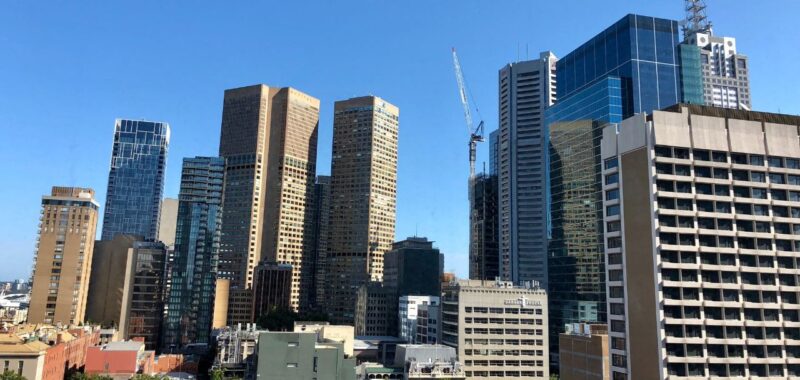Demand for office assets has plummeted in recent years, with some experts now suggesting they could soon be classified as “alternative assets”.
Ray White Group Head of Research, Vanessa Rader, said we could be witnessing a shift in commercial property investment with demand moving towards different types of assets.
She said trophy office builds could become the new alternative investment, while industrial sheds, retail centres, medical facilities, childcare centres, data hubs, and service stations emerge as the new “traditional” assets.
“The persistent high vacancies across the nation signal a transformation in how businesses operate and engage with their workforce,” Ms Rader said.
“This structural shift suggests elevated vacancy rates may become a longer-term reality for our office markets.”
According to the January 2024 Property Council office market report, CBD vacancies (excluding Hobart) range from 8.5 per cent to a concerning 19.3 per cent, while suburban assets grapple with rates up to 26.3 per cent.
Ms Rader said among all asset types, the industrial sector had the lowest vacancy rates, with national figures reaching only 1.6 per cent.
“This trend is likely to maintain upward pressure on rents,” she said.
“High occupancy rates grow confidence in secure returns and future capital and income growth, though location remains a critical factor.”

She said a similar trend was also playing out in residential property, driven by increasing population and limited new supply.
According to Ms Rader, the once-considered alternative asset classes such as childcare facilities, service stations, and medical centres now command yields comparable to more established asset types.
“These investments have shed their former reputation as high-yield, high-risk opportunities. Instead, they are now valued for offering long-term, secure leases, potential for rental growth, and favourable exit strategies,” she said.
“Furthermore, these assets boast high occupancy rates, with very few facilities nationwide sitting unused.”
She said vacancy rates for these asset types remain below 2.5 per cent.
“The few vacancies that do exist are primarily found in regional markets or in locations where crucial factors were overlooked, such as competition, new supply or oversupply, or population-driven demands,” she said.

